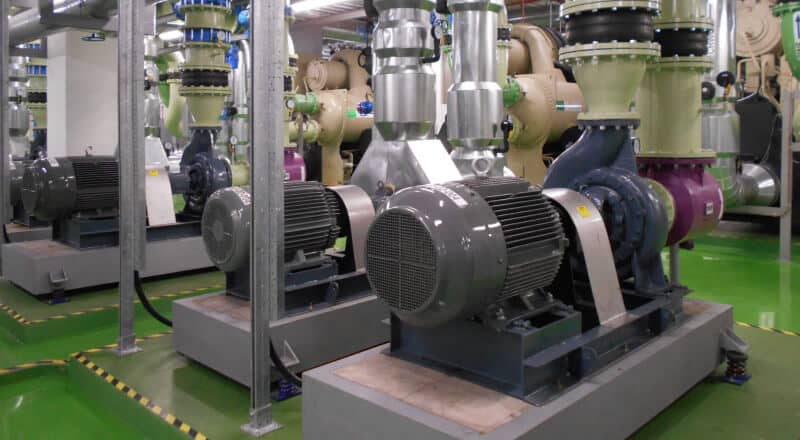Hazardous area classification is the process of assessing and categorizing areas where the presence of flammable gases, vapours, liquids, combustible dusts, or ignitable fibres may create a risk of fire or explosion. Proper classification helps identify potential hazards and ensures the implementation of appropriate safety measures to mitigate the risks. Here’s an overview of hazardous area classification:
Types of Hazardous Areas:
- Flammable Gases and Vapours:
-
- Class I (Division 1 and 2): Areas where flammable gases or vapours are present continuously (Division 1) or intermittently (Division 2) under normal operating conditions.
- Examples: Oil refineries, chemical plants, gas processing facilities.
- Combustible Dusts:
-
- Class II (Division 1 and 2): Areas where combustible dust particles are present continuously (Division 1) or intermittently (Division 2) under normal operating conditions.
- Examples: Grain handling facilities, flour mills, woodworking shops.
- Ignitable Fibres and Flyings:
-
- Class III (Division 1 and 2): Areas where ignitable fibres or flyings are present continuously (Division 1) or intermittently (Division 2) under normal operating conditions.
- Examples: Textile mills, cotton gins, paper mills.
Classification Methods:
- Area Classification: Determine the extent and boundaries of hazardous areas based on the type and frequency of hazardous substances present. This involves assessing factors such as ventilation, process operations, material properties, and historical data.
- Zone Classification: Classify hazardous areas into zones based on the likelihood and duration of hazardous substance presence. Zones are designated as Zone 0 (high risk), Zone 1 (medium risk), and Zone 2 (low risk) for gases and vapours, and Zone 20 (high risk), Zone 21 (medium risk), and Zone 22 (low risk) for combustible dusts.
Safety Measures:
Once hazardous areas are classified, appropriate safety measures must be implemented to minimize the risk of fire or explosion, including:
- Explosion-Proof Equipment: Use equipment designed and certified for use in hazardous areas, such as explosion-proof enclosures, lighting fixtures, switches, and motors.
- Ventilation: Ensure proper ventilation to control the concentration of hazardous substances within acceptable limits.
- Electrical Safety: Implement measures to prevent ignition sources, such as intrinsically safe electrical systems, grounding, bonding, and static control.
- Personal Protective Equipment (PPE): Provide appropriate PPE, such as flame-resistant clothing, goggles, and respirators, for workers operating in hazardous areas.
- Hazardous Area Signage: Clearly mark hazardous areas with warning signs and labels to alert personnel and visitors to potential dangers.
Regulatory Standards:
Hazardous area classification is governed by various regulatory standards and codes, including:
- National Electrical Code (NEC) / National Fire Protection Association (NFPA) 70: Provides guidelines for electrical installations in hazardous locations in the United States.
- International Electrotechnical Commission (IEC) standards: Includes standards such as IEC 60079 series for explosive atmospheres, widely adopted in many countries worldwide.
Conclusion:
Hazardous area classification is essential for identifying and mitigating the risks associated with the presence of flammable gases, vapours, combustible dusts, and ignitable fibres. By properly classifying hazardous areas and implementing appropriate safety measures, organizations can protect personnel, property, and the environment from the risk of fire and explosion. Compliance with relevant regulatory standards and codes is critical to ensuring safe operations in hazardous environments.


